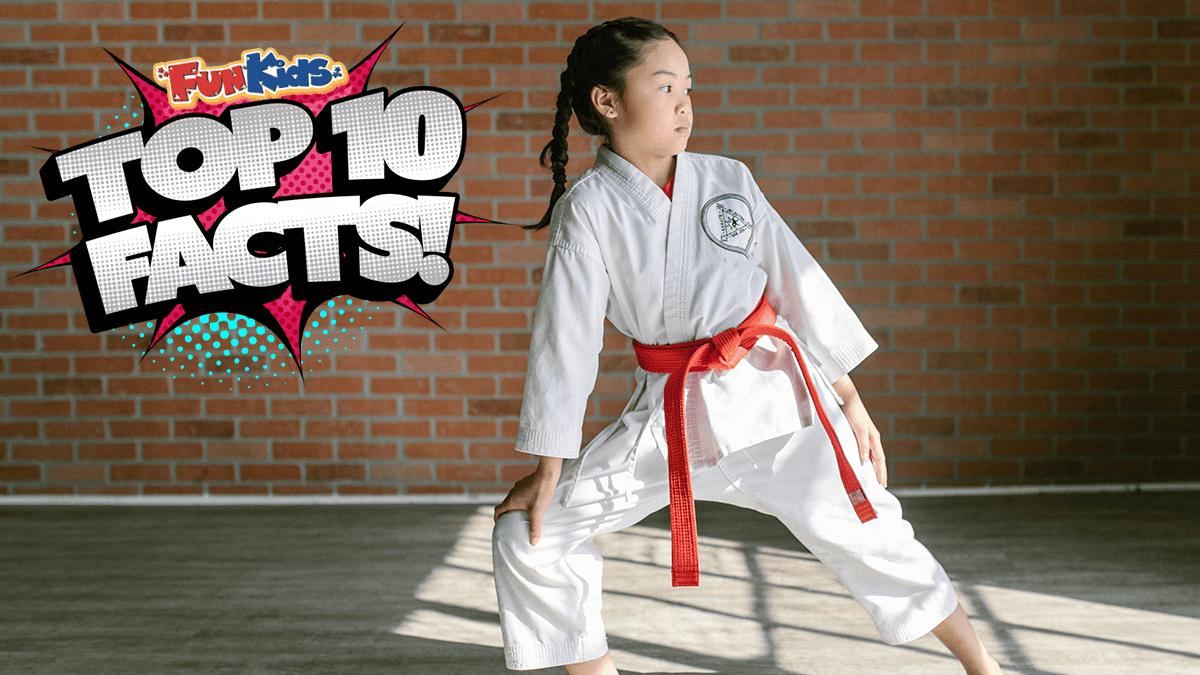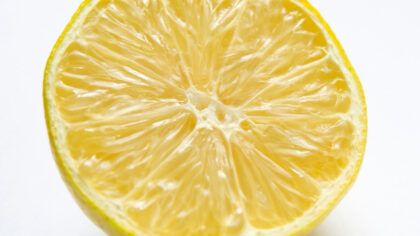Whether you’re a seasoned karateka or just stepping onto the dojo floor for the first time, it’s time to learn all things karate! From mastering powerful kicks to understanding the rich history and cultural roots of this martial art. Get ready to explore the discipline, respect, and the exciting techniques that make karate not just a sport but a way of life.
1. Karate originated in Okinawa, Japan.
Karate traces its roots to Okinawa, an island in Japan.
Developed as a method of self-defence, it emerged during a time when the residents of Okinawa were prohibited from carrying weapons.
This led to the creation of a martial art focused on unarmed combat against armed opponents.
Over time, Okinawa became a pot of martial influences, contributing to the unique development of karate.
2. Karate means “Empty Hand” in Japanese.
The term “karate” is a combination of two Japanese words: “kara,” meaning “empty,” and “te,” meaning “hand.”
This naming reflects the essence of the martial art, highlighting its emphasis on using empty hands for striking, kicking, and punching techniques.
The “empty hand” philosophy signifies that practitioners harness their physical and mental abilities without relying on weapons.
3. There’s a colourful belt system.
Karate uses a coloured belt system to symbolise a practitioner’s proficiency and progress. B
eginners typically start with a white belt, signifying a blank slate, and advance through various colours such as yellow, orange, and green.
As a practitioner improves, the belt colours deepen, culminating in the coveted black belt. Each belt level represents a stage of learning and mastery within the discipline.
4. Karate is all about discipline, respect and humility.
Beyond physical techniques, karate places a strong emphasis on values like discipline, respect, and humility.
In the dojo, or training area, practitioners are not only refining their physical skills but also cultivating a respectful and disciplined mindset.
These principles extend beyond the martial art, encouraging practitioners to apply them in their daily lives, fostering a sense of responsibility and personal growth.
5. The sequence of movements is called ‘katas’ and ‘forms‘.
Karate involves the practice of “katas” or “forms,” which are choreographed sequences of movements.
These routines serve as a structured method for practitioners to develop muscle memory, refine techniques, and gain a deeper understanding of different combat scenarios.
Katas are integral to mastering the fundamentals of karate and advancing through belt levels.
6. You should always use this skill responsibly.
Whilst karate is a strong self-defence system, it instills a sense of responsibility in its students.
The emphasis is on using techniques judiciously and avoiding unnecessary confrontations.
Karate teaches self-control and encourages practitioners to assess situations carefully, promoting conflict resolution and personal safety.
7. Teachers are known as ‘sensei’.
In karate, teachers are often referred to as “sensei,” a Japanese term meaning “teacher” or “instructor.”
Students are often called “karateka,” which refers to anyone practicing karate, regardless of their skill level.
The use of these terms reflects the traditional and respectful nature of the student-teacher relationship in martial arts.
8. Karate has different styles.
Karate has evolved into various styles, each with unique characteristics and techniques.
Some of the well-known styles include Shotokan, Goju-Ryu, and Wado-Ryu.
9. It is recognised as a sport!
Karate has gained global recognition as a sport, with organised tournaments and competitions held internationally.
In these events, participants showcase their skills, earning points for clean, controlled strikes that demonstrate speed, power, and technical proficiency.
10. Karate is a part of Japanese culture.
Karate isn’t just about kicks and punches; it’s a doorway to Japanese culture.
As you learn, you explore traditions, ceremonies, and the history tied to this martial art.
This connection adds a special layer to your karate journey, helping you appreciate the broader context in which karate has flourished.
Add a commentTop 10 Facts
From the Tudors to rocks to fish, we have all the best facts right here!
More From Top 10 Facts






